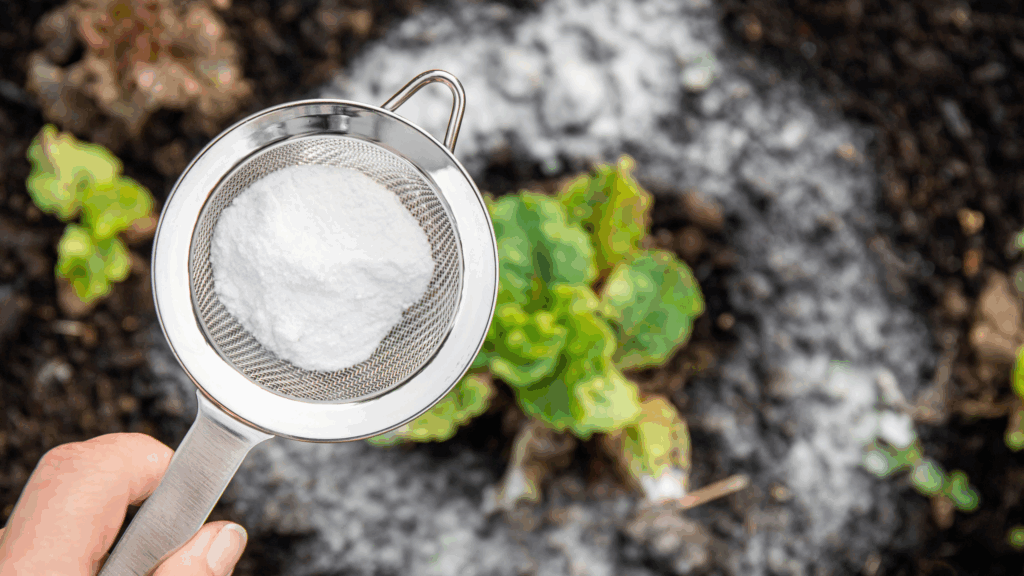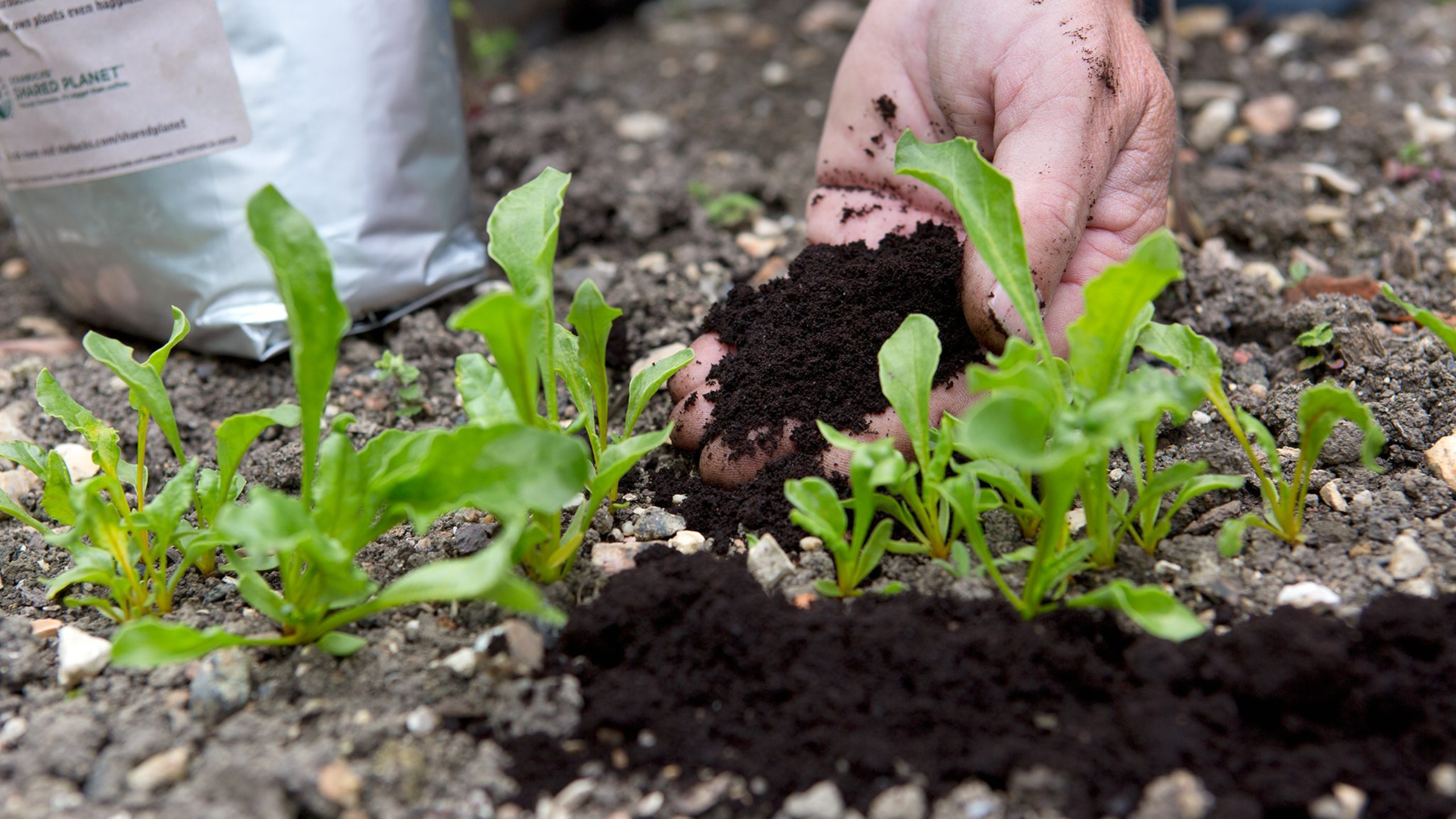Transforming your indoor space into a lush oasis is easier than you might think! You can use everyday items found right in your kitchen to provide your plants with vital nutrients. Not only does this approach help your plants thrive, but it’s also a sustainable way to reduce waste. Let’s dive into some simple yet effective methods to boost your indoor garden using common kitchen ingredients.
1️⃣ Coffee Grounds: A Nitrogen Boost
Coffee lovers, rejoice! Your used coffee grounds can do wonders for your plants, particularly for those that thrive on nitrogen, such as fiddle leaf figs and peace lilies.
Why it works: Coffee grounds improve soil structure and provide the nitrogen that many plants need for healthy growth.
How to use: Simply sprinkle a light layer of used coffee grounds on top of the soil once a month. Be careful not to overdo it; while your plants will appreciate the nutrients, excessive amounts can lead to root damage. Start with a small amount, and adjust as needed based on how your plants respond.
2️⃣ Eggshells: Calcium Power
Eggshells are more than just a waste product from your breakfast; they’re packed with calcium, essential for strong plant roots. Cacti and pothos will particularly benefit from this natural supplement.
Why it works: Calcium promotes healthy root growth and helps prevent blossom end rot in plants that bear fruit.
How to use: First, wash and dry the eggshells thoroughly. Once they’re clean, crush them finely—this increases the surface area and makes it easier for the plants to absorb the nutrients. Mix the crushed shells directly into the soil around your plants. For orchids, use sparingly since they prefer a more aerated medium.
3️⃣ Banana Peels: Potassium for Blooming
Don’t discard those banana peels! They’re an excellent source of potassium, which is vital for flower and fruit production. If you have hydrangeas, roses, money trees, or snake plants, your plants will thank you for this nutrient boost.
Why it works: Potassium is crucial for overall plant health, helping to strengthen stems and promote blooming.
How to use: Chop the banana peels into small pieces and bury them near the plant’s roots. This method not only nourishes your plants but also decomposes naturally, enriching the soil as time goes on.
4️⃣ Cinnamon: Nature’s Fungicide
Cinnamon is not just a delightful spice for your lattes; it can also act as a protective barrier for your plants. It’s especially useful for those prone to rot, like cacti and spider plants.
Why it works: Cinnamon has natural antifungal properties that help prevent root rot and deter pests.
How to use: Lightly dust a thin layer of cinnamon on top of the soil. This can help keep fungi at bay while promoting a healthy root environment.
5️⃣ Baking Soda: Fighting Fungi
Baking soda is a versatile kitchen staple, and when used in a specific way, it can combat fungal infections in plants, making it particularly effective for peace lilies and aloe.
Why it works: Baking soda helps alleviate common fungal issues, such as powdery mildew, by altering the pH level of the leaves.
How to use: Mix a small pinch of baking soda with water to create a spray. Lightly mist the leaves of your plants but avoid getting any solution on the soil, as too much sodium can lead to soil buildup and harm your plants in the long run.

6️⃣ Rice Water: A Gentle Nutrient
If you rinse your rice before cooking, don’t throw away the water! Rice water is a gentle way to provide nutrients to your plants, especially rubber plants, corn plants, or ivy.
Why it works: It contains mild nutrients that can support healthy growth without overwhelming the plants.
How to use: After rinsing your rice, collect the starchy water and dilute it with plain water. Apply it to your plants once a month, but remember to use it sparingly to avoid starch buildup in the soil.
Maintaining a Thriving Indoor Garden
Using these kitchen item techniques is not only eco-friendly but also budget-friendly. Each of these natural fertilizers can help feed your plants and keep them healthy without the need for chemical options.
Remember to use these methods in moderation—too much of a good thing can harm your plants. Alongside these treatments, ensure your indoor garden gets the proper lighting and watering. With adequate care, you’ll enjoy vibrant, thriving plants with lush foliage and steady growth.
So, roll up your sleeves and start your indoor gardening journey today! The rewards of lush, happy plants are truly magical. 🌿🌼

